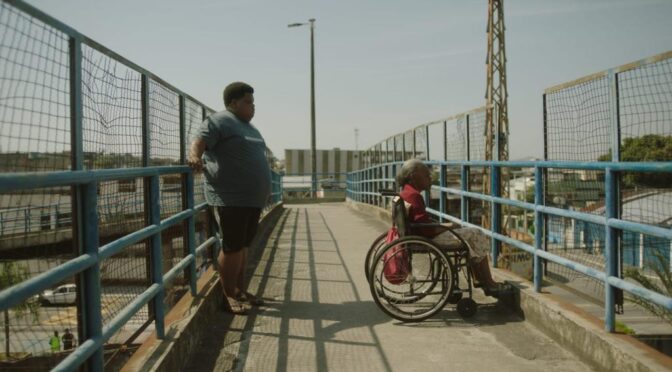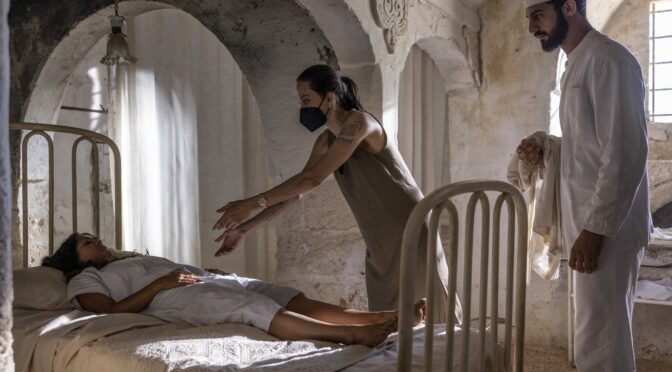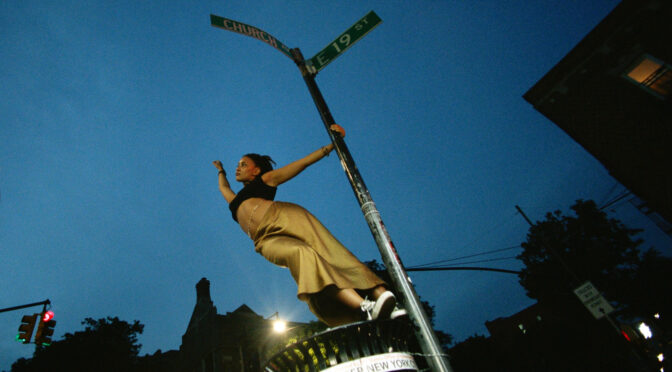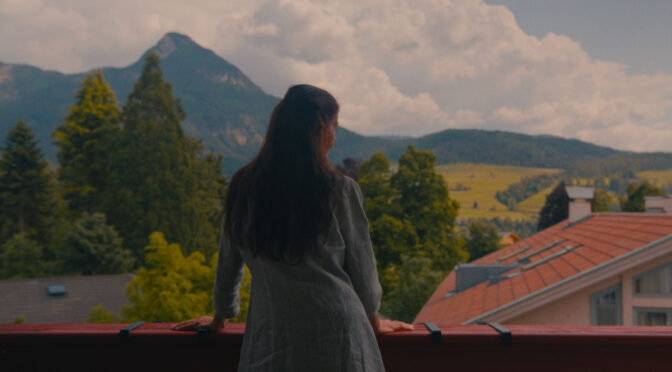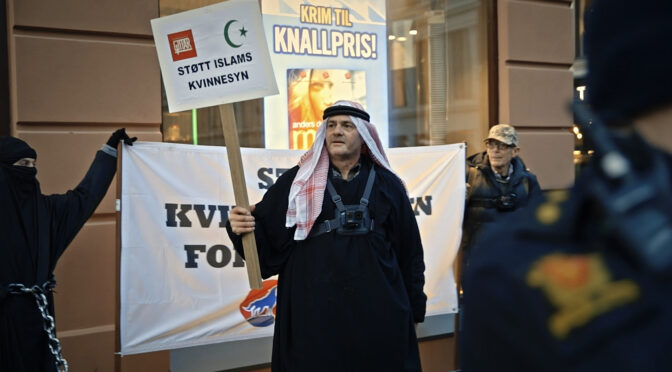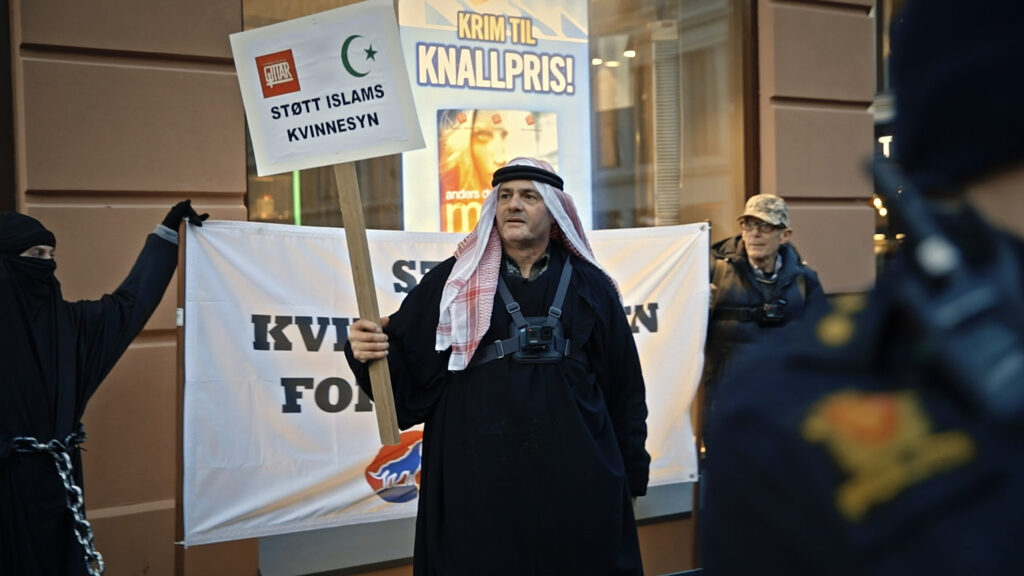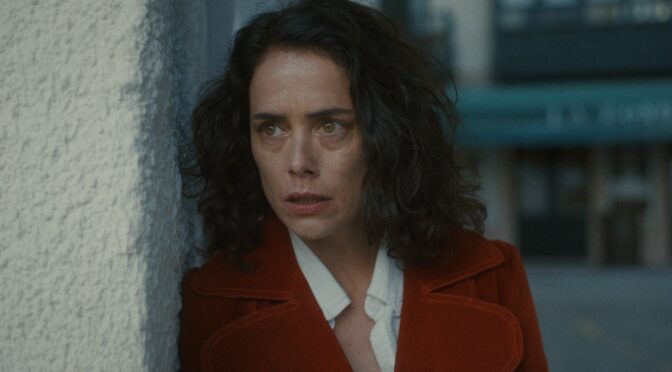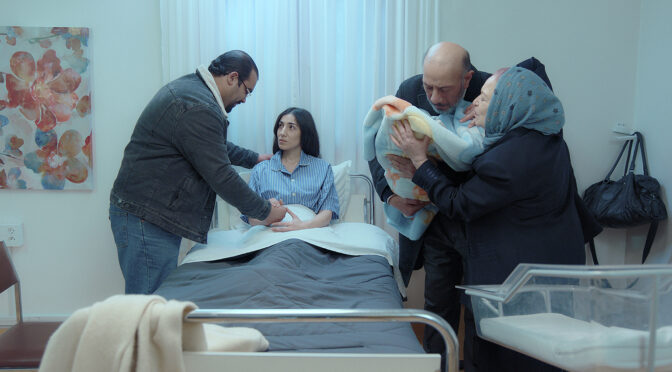Article by Davide Lassandro
Translation by Linh Carrara
Films that are devoted to the terrible consequences of post-traumatic stress disorder (or PTSD) nowadays constitute a new cinematic genre, this genre is used by Kyle Hausmann-Stokes in his first feature-length film, My Dead Friend Zoe. The Film is a black comedy which deliberately tries to mitigate a subject that is so sensitive, especially for Americans, and too often overlooked. The director himself, who enlisted shortly before November the 9th and retired in 2008, is a former Army paratrooper. Moreover, in addition to making social-impact short films and commercials for various companies, he has been trying his hand at studying cinema for these past fourteen years thanks to the support provided by the Post-9/11 Veterans Educational Assistance Act.
Continua la lettura di “MY DEAD FRIEND ZOE” BY KYLE HAUSMANN-STOKES →


